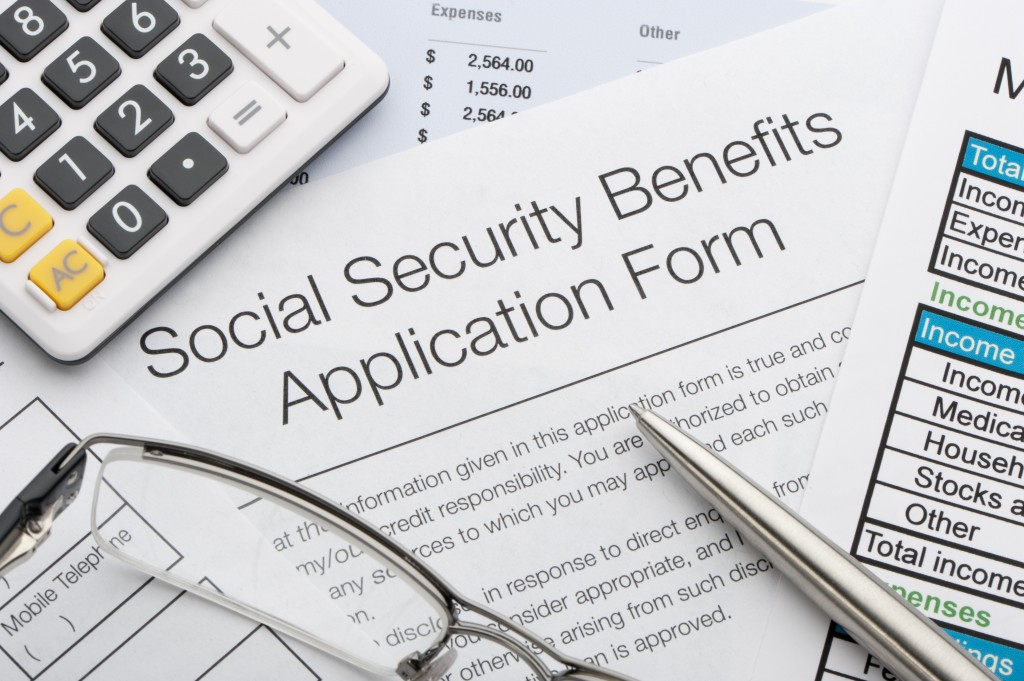
Understanding Social Security & Delayed Retirement Credits (“DRC’s”)
As a retirement planning firm, at Klaas Financial Asset Advisors, LLC. (“KFAA”) we tend to get a lot of questions about Social Security (“SS”); the most common of which goes something like this.
- What is the optimal age for me to draw Social Security?
While this is certainly not the only question we get about SS, it does tend to be the most frequently asked. Before we attempt to answer this question, there are a few basic facts everyone should understand about SS that will help frame our response.
Social Security Benefits: When can I begin collecting?
Unfortunately, SS can be somewhat complex which means that simply understanding the types of available benefits can be mindboggling. Believe it or not, there are 4 primary types of SS benefits.
- Retirement
- Disability
- Survivors
- Supplemental
In order to narrow our discussion, this blog will focus on SS retirement benefits since those are the most common and primarily dependent upon you.
There are 3 primary ages and definitions that every American should cement into their brains as it relates to SS retirement benefits.
- 62: The earliest age at which you can start receiving your own SS retirement benefits. However, if you draw SS retirement benefits “early” (before your Full Retirement Age as defined below), you may be subject to an “earnings limit” of no more than $18,960 per year (as of 2021), at which point any income in excess of this amount per year could start reducing your SS retirement benefit. More on this topic can be found here: https://www.ssa.gov/pubs/EN-05-10069.pdf
- 65-67: Full Retirement Age (“FRA”). This is a range between 65 and 67 since each American’s FRA will vary depending upon when they were born.
- If you were born in 1937 or earlier your FRA is 65.
- If you were born from 1938 to 1942, your FRA is 65 plus some number (ex: 65 & 2 months).
- If you were born from 1943 to 1954, your FRA is 66.
- If you were born from 1955 to 1959, your FRA is 66 plus some number (ex: 66 & 2 months).
- If you were born in 1960 or later, your FRA is 67.
- 70: If you delay taking your SS retirement benefit beyond your FRA (between age 65 and 67 depending upon your date of birth), you will receive Delayed Retirement Credits (“DRC’s”) of 3% per year – 8% per year (depending upon your date of birth) up until age 70, at which point the DRC’s end. More on this topic can be found here: https://www.ssa.gov/benefits/retirement/planner/delayret.html
With these ages and definitions in mind, let’s draw a few conclusions that are made by the SS administration themselves on their website. https://www.ssa.gov/OACT/quickcalc/early_late.html
https://www.ssa.gov/oact/cola/examplemax.html
- If you were born in 1960 or later, your FRA is 67. The reduction in monthly retirement benefit for drawing at age 62 (assuming no additional earnings limit retirement benefit reduction as defined above) would be 30%.
- Similarly, if you were born in 1960 or later, for every year you delay SS retirement benefits beyond age 67 (your FRA), up until the age of 70, you will receive a DRC of 8% per year, which could further increase your benefit by an additional maximum 24%.
- Therefore, for someone born in 1960 or later, in simple interest terms the difference in monthly SS retirement benefit between age 62 and 70 could be up to 54%, and when accounting for compounding and the potential of ongoing earnings credits, it could amass up to a maximum 67.6% difference in monthly benefit as of 2021. Wow!
Answering The Question
Now that we have defined a few terms and drawn a few conclusions, we are ready to answer the question as outlined earlier…
- Question: What is the optimal age for me to draw Social Security?
- Answer: It depends…
We understand that many people hate this answer, but it’s the honest truth. Your monthly SS retirement benefit can vary significantly depending upon the age at which you begin drawing. If you begin your SS retirement benefit early (say at age 62), your monthly amount will be less/smaller, but you will draw for a longer period of time. If you begin your SS retirement benefit at FRA or later, you will have no earnings limit to contend with, and your benefit will be greater/larger, but you will draw for a shorter period of time.
Therefore, given the complexity of SS and other retirement related decisions, do yourself a favor and consider finding a trusted professional who can answer your questions and help you design your best retirement.



